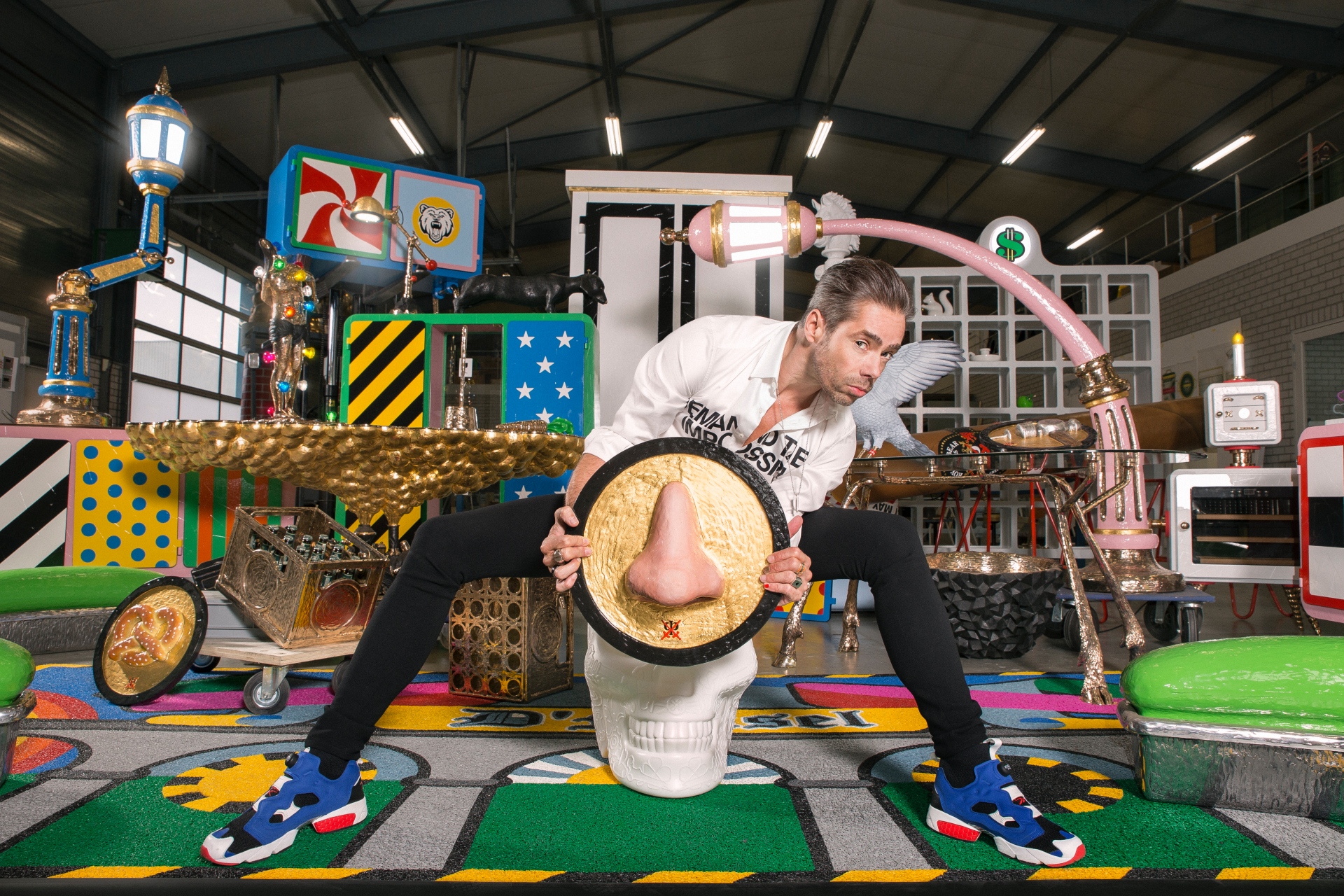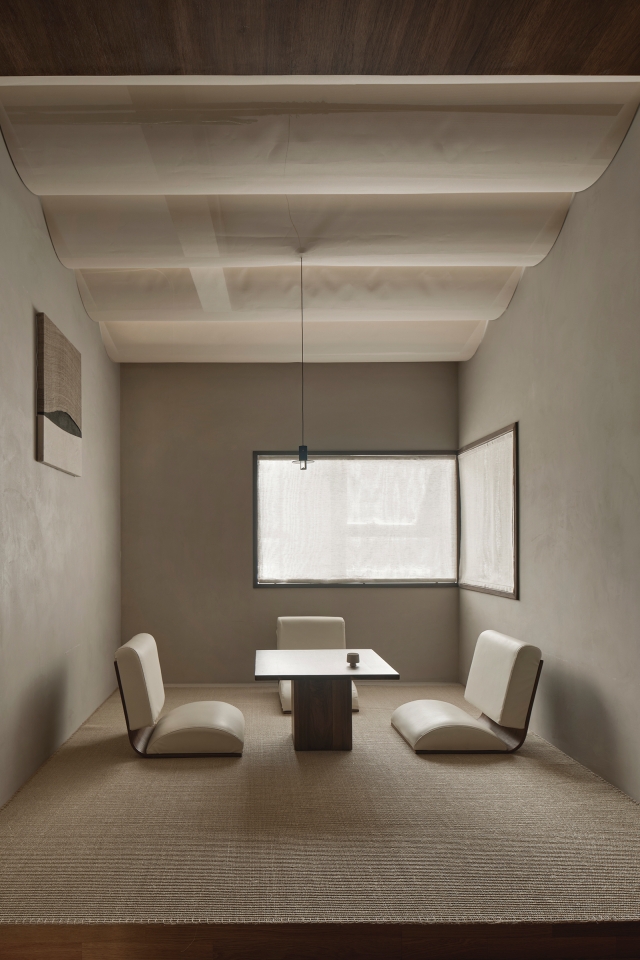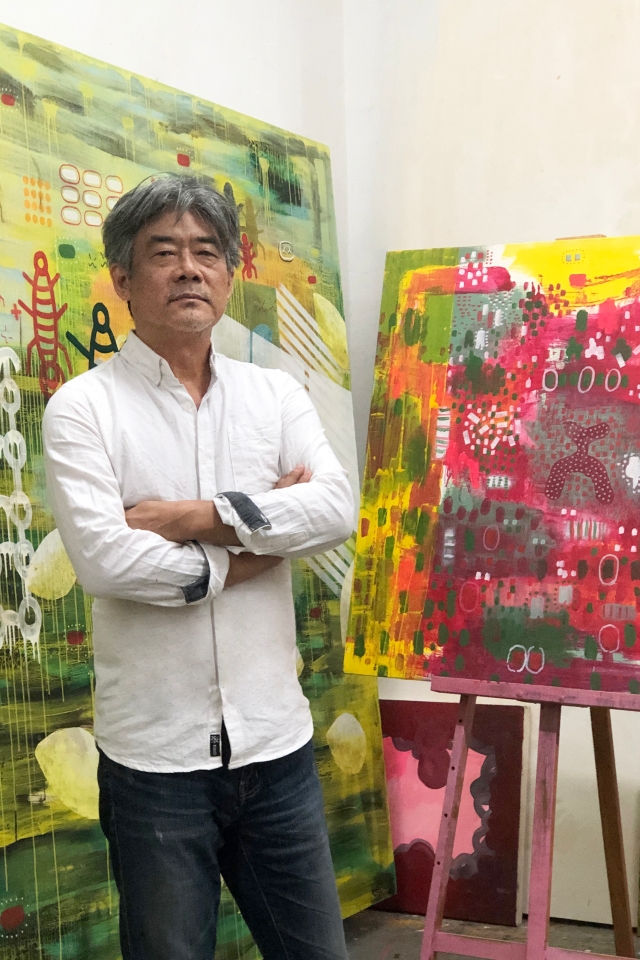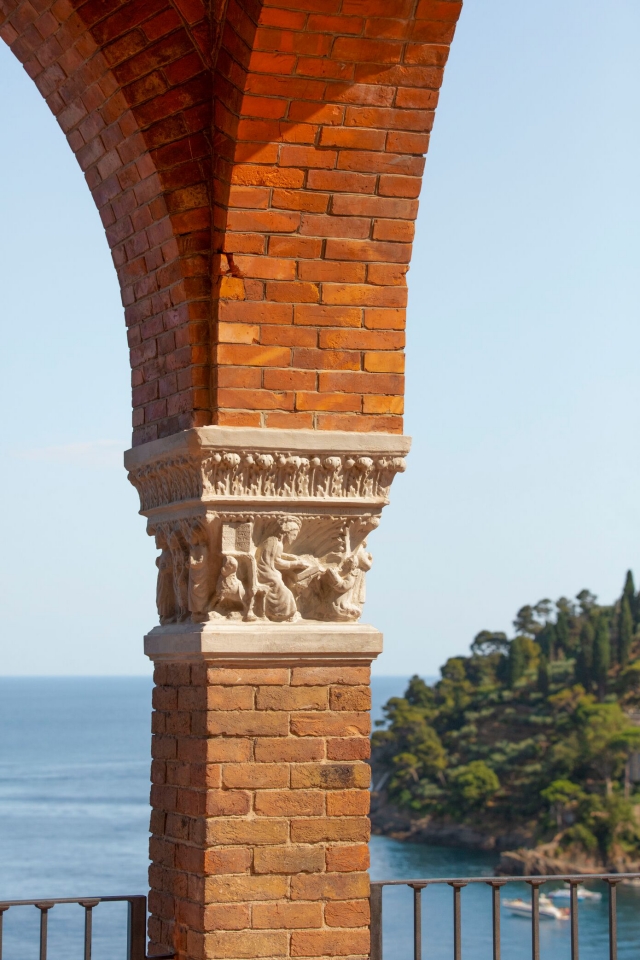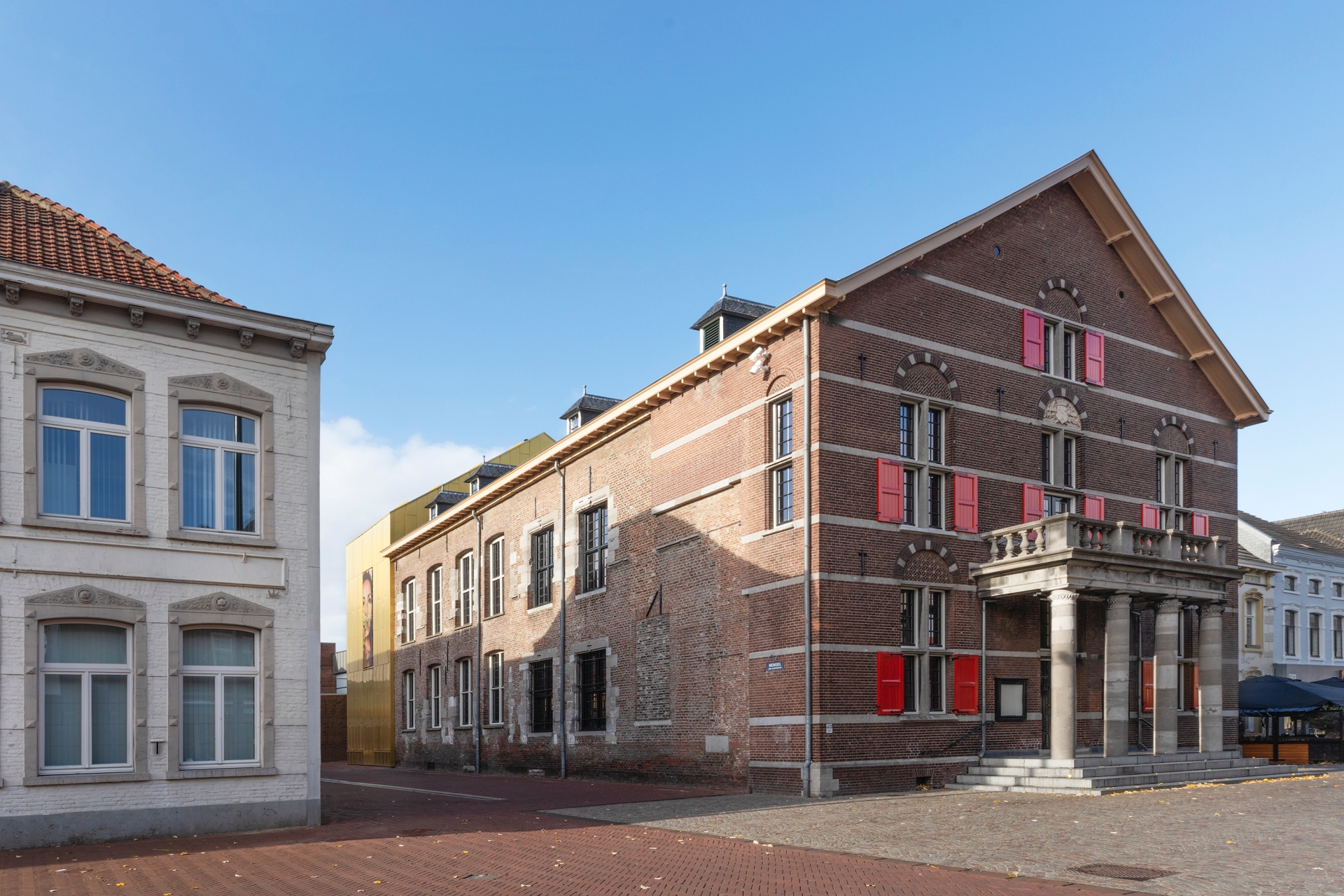
The Museum W has been established in Weert’s former city hall since 1982. This project has rendered the monumental historic elements of this prominent national heritage site at the centre of Weert visible once again, and provided the building with a brand-new museum interior. Apart from that, Mentjens added an unusual and surprising third façade to the building’s partially new extension that reflects the distinguishing characteristics of our times through its eye-catching matte gold-skinned exterior. Explains the designer, “Museums are the holy places of our present-day secularised society, and works of art are the relics of every culture. These are preserved for posterity in museums.” On the basis of this premise, the idea of designing the rear façade of the museum to resemble a gold-cladded reliquary, in which the relics of the holy are kept, was conceived.
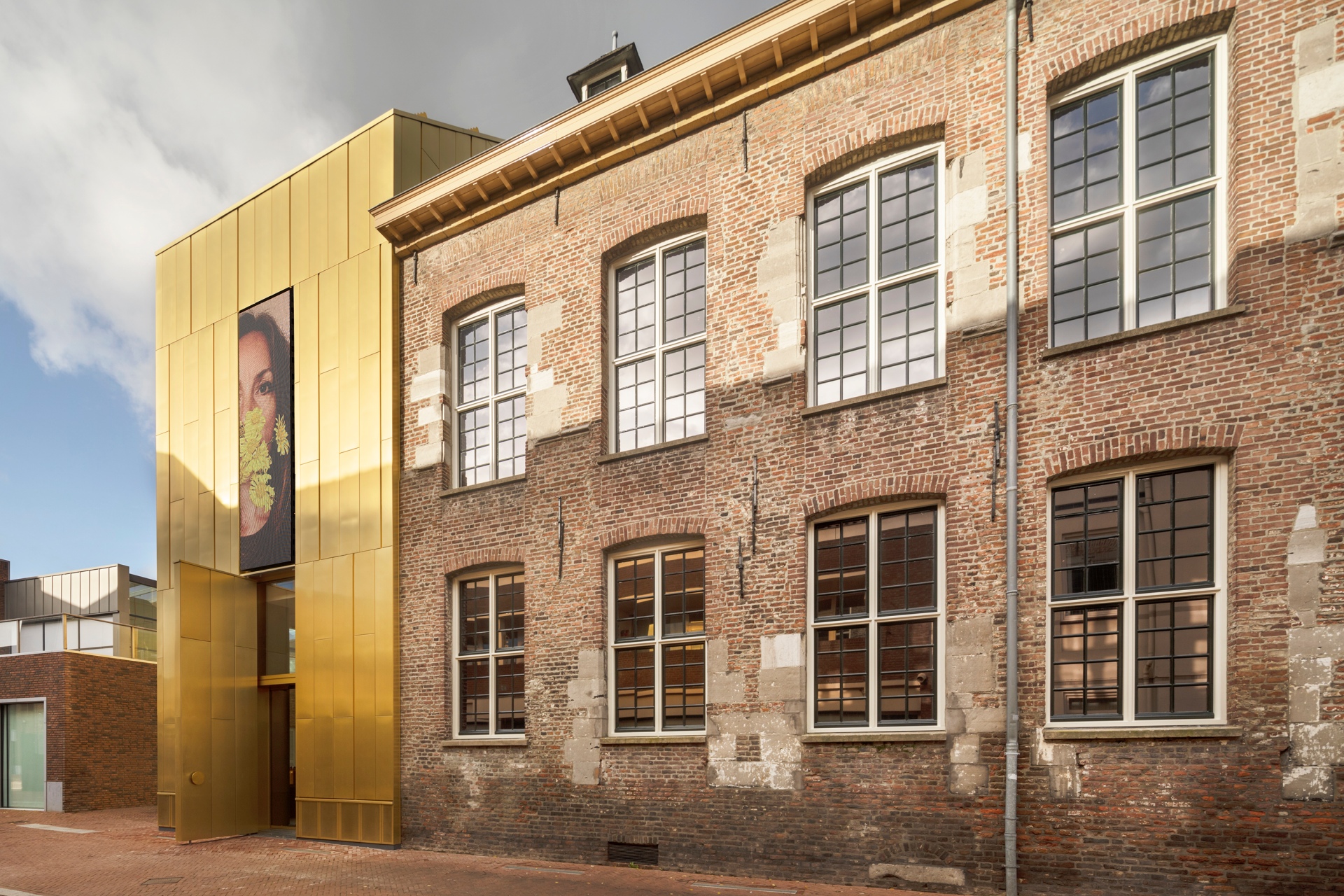
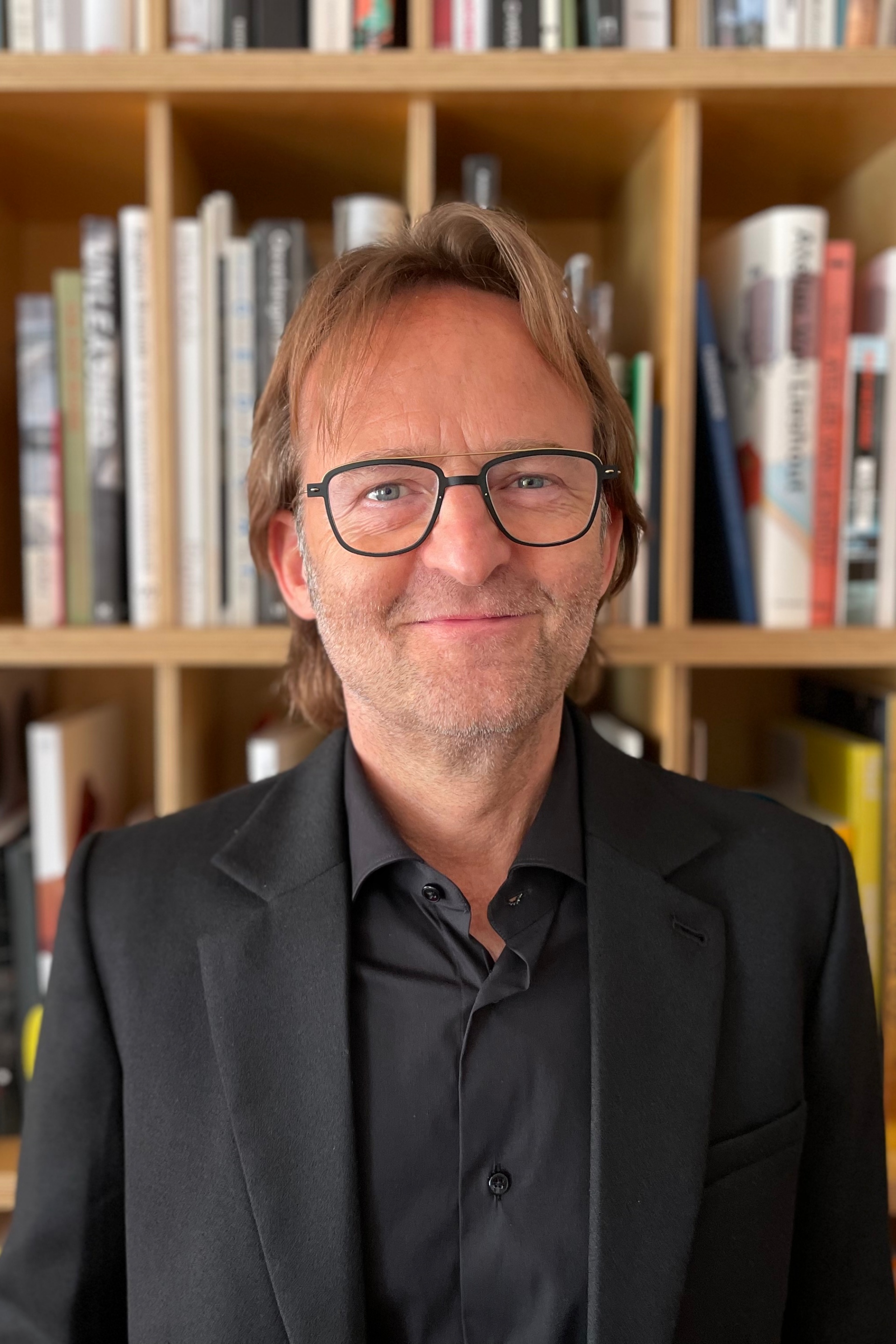

Just as the sculptures and paintings in reliquaries recount the story of the saints to which they were dedicated, the modern golden façade features two screens on which video installations created by artists or information about current or future exhibitions are projected. The large windows serve as showcases for the works of art, which in turn serve as display windows or visual depositories, to give passers-by a glimpse of the museum’s treasures, as if they were relics in a reliquary. The façade, which is fitted with golden shutters on all stories, refers not only to the historic façade on the Markt side with its characteristic red shutters flanking the cross-windows, but can also be construed as an enormous Advent calendar: behind every shutter a ‘treasure’ – a relic or work of art – is concealed. The shutters are fixed in place, but the façade – with seams 40 mm wide between the shutters – has been designed in such a way that it appears as if they can all be opened. Through this project, Maurice Mentjens, as a designer and a storyteller, has embellished the history of the museum with a new chapter.
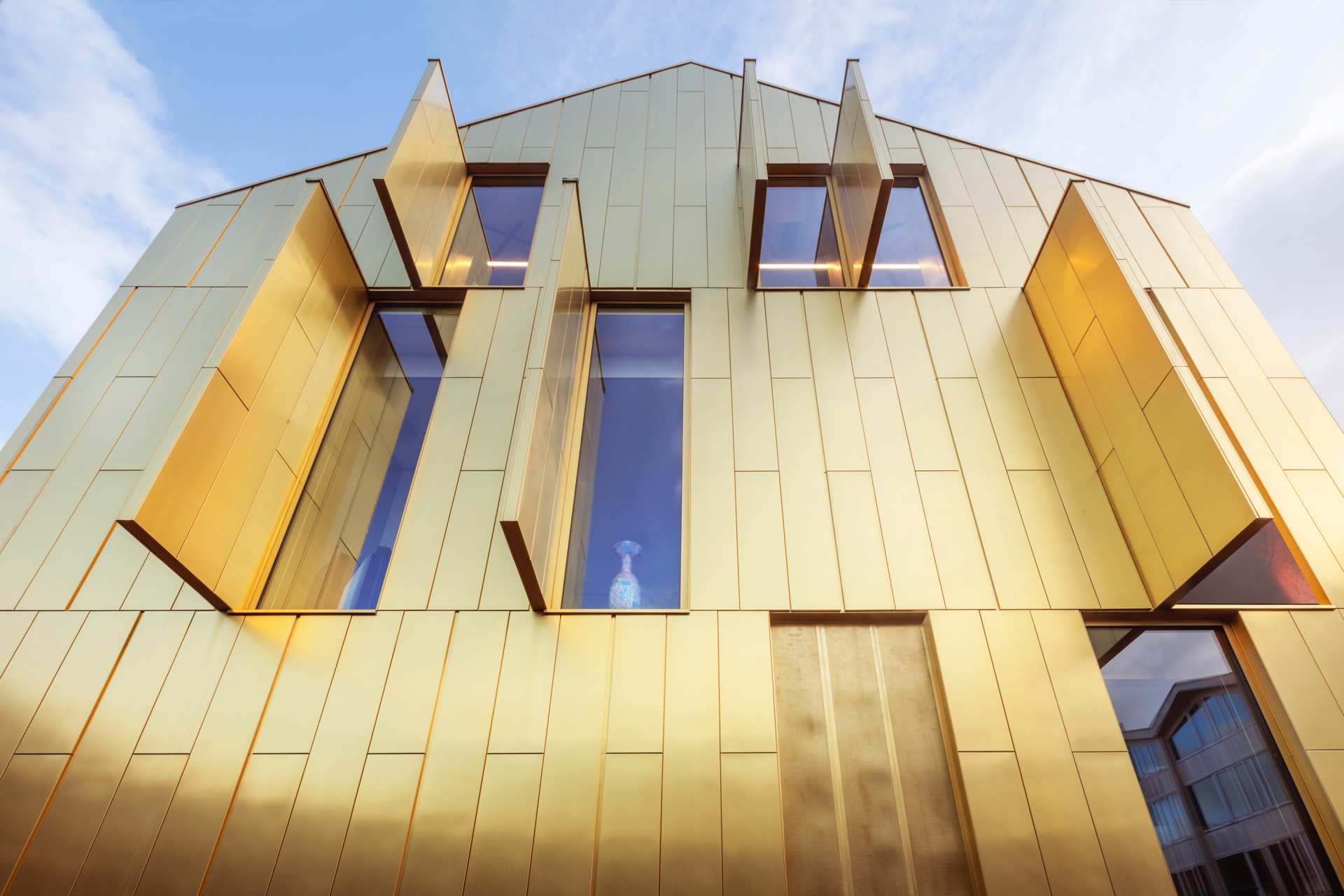
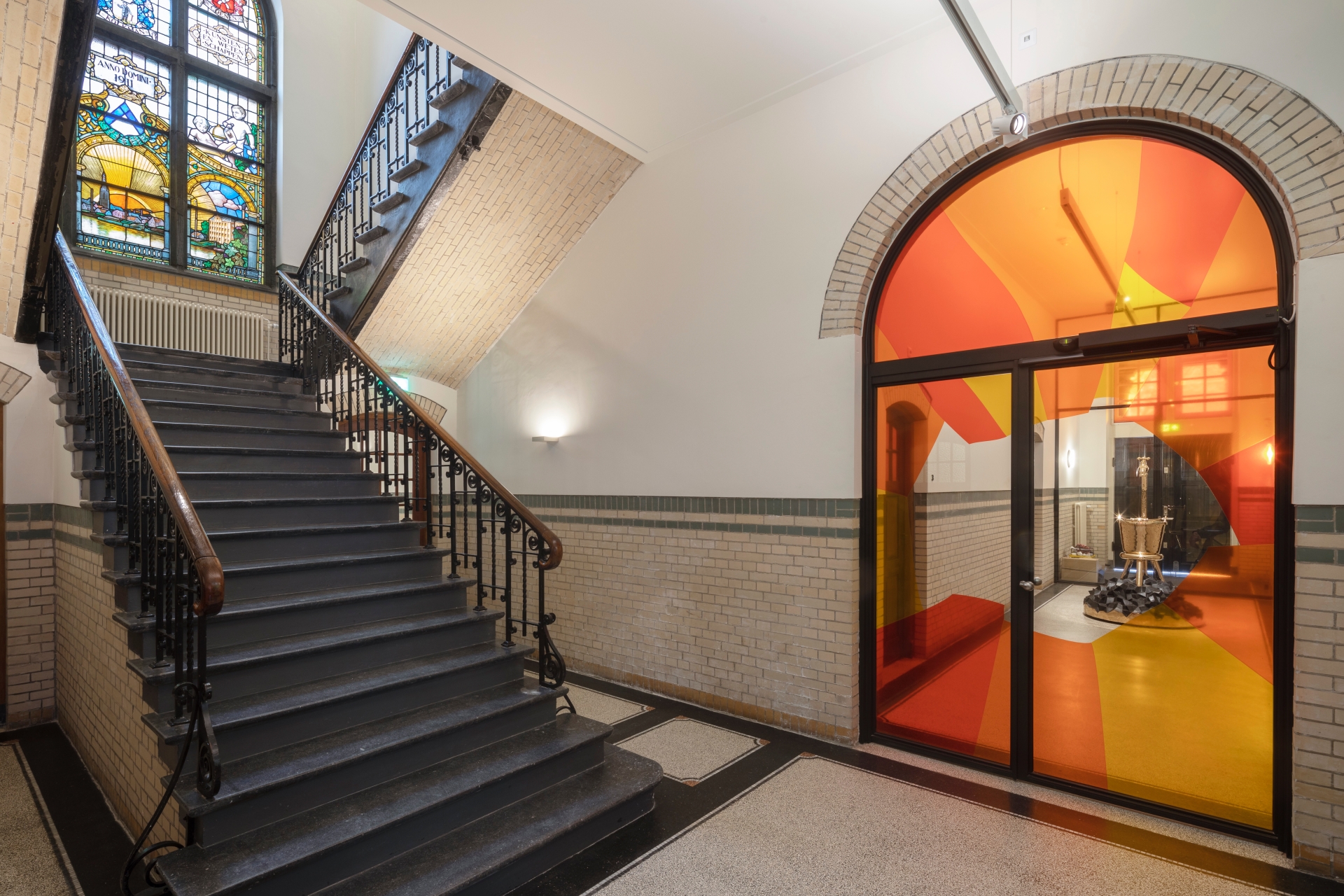
There is a new façade that covers the rear section of the historic building. The oldest elements of this section, as well as the south-facing façade on De Meikoel, date back to the mid-sixteenth century. Directly opposite Saint Martin’s Church, the second façade at the front, facing the Markt, comprises an additional shell, as it were, that is typified by the large-scale Renaissance Revival-style restoration that was carried out in 1913. Following the discovery of late-Mediaeval elements articulating the layout of the façade and window frames on the south-facing façade, the recent renovation of the old west-facing façade in 2021 revealed a natural stone window frame and arches. The third ‘face’ of the museum, created in 2021, faces the Nieuwe Markt and the Muntpassage shopping mall: a contemporary façade cladded with a shell of Tecu®Gold, a material that is a new alloy of recycled aluminium and copper. Mentjens made a carefully considered decision when selecting this material. Unlike brass, this material does not age or turn brown or black.
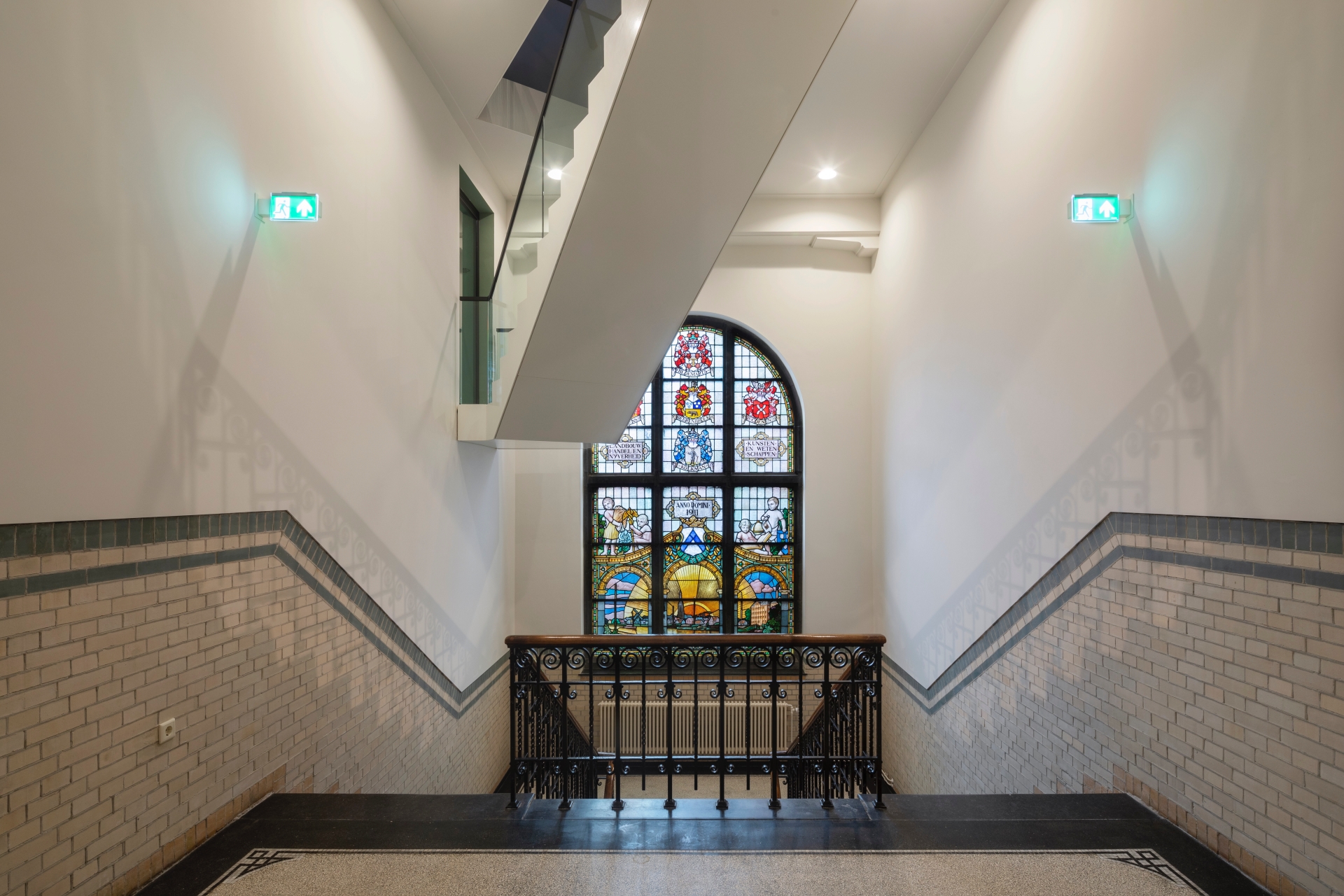
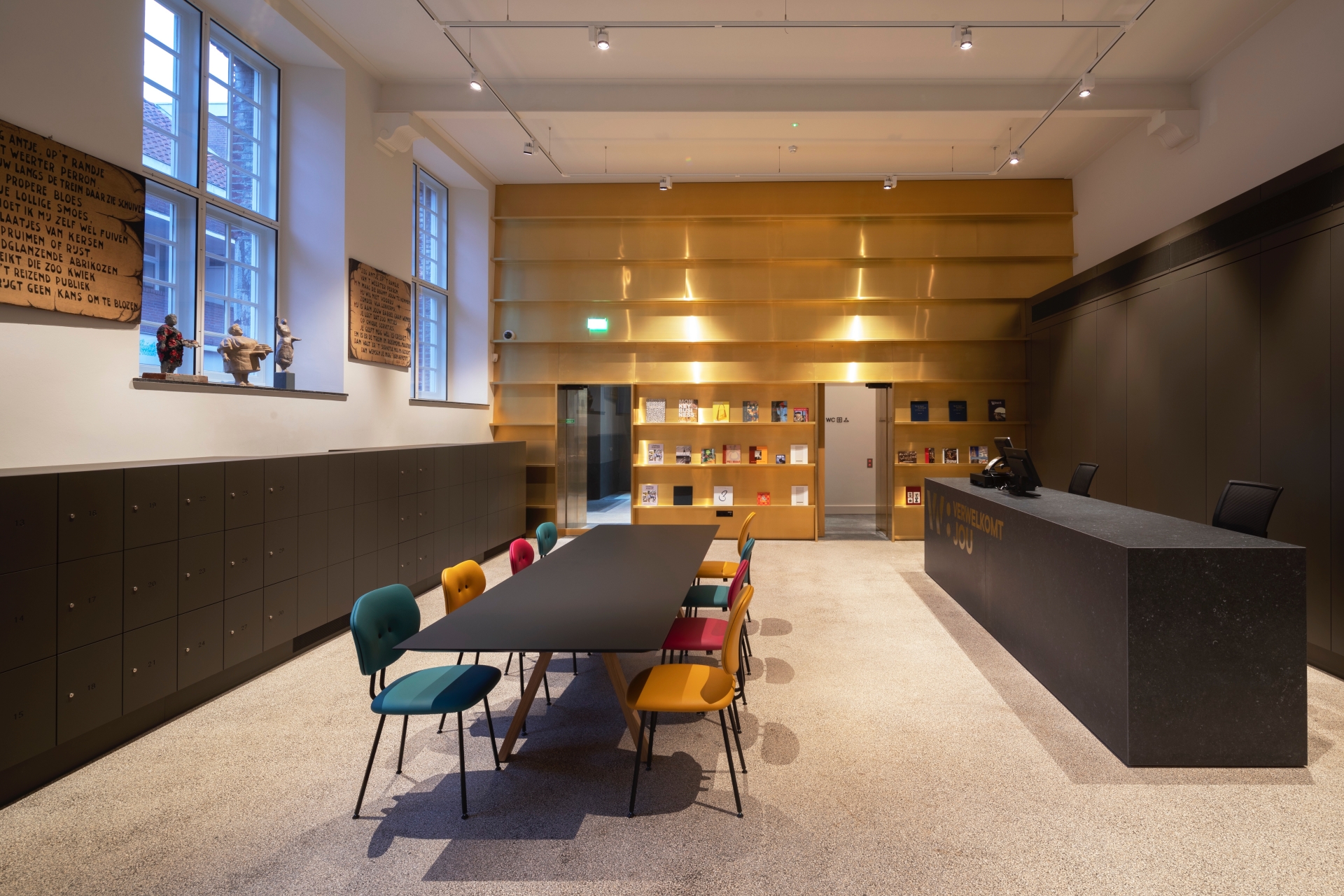
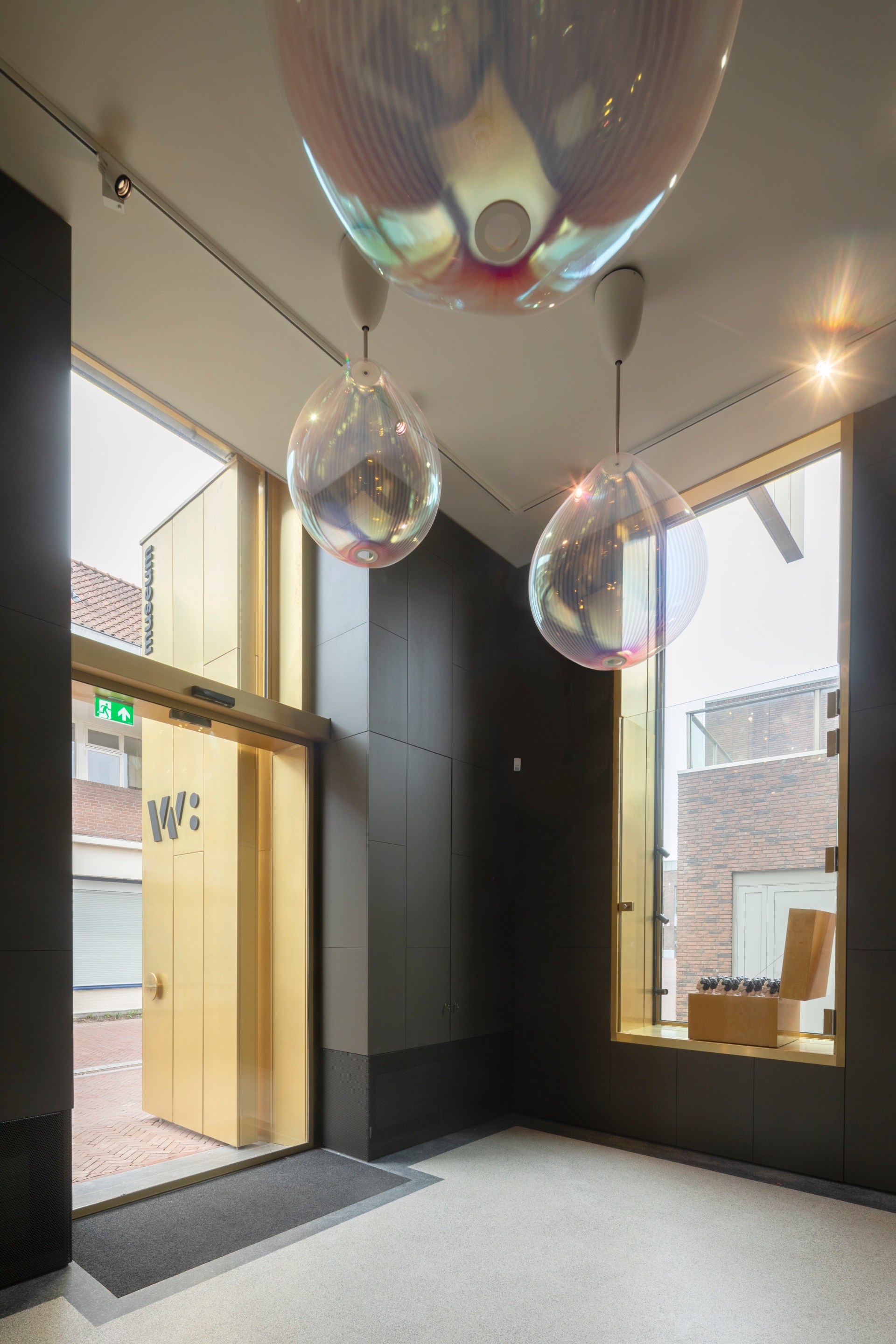

It remains a lovely matte shade of golden yellow, just like our euro coins which are made from the same material. The cladding on the façade is 1 mm thick. Each sheet has been folded over at the sides, which gives the façade a pronounced sense of rigidity. In addition, a 20 mm-thick hard-pressed insulation panel has been glued behind each Tecu®Gold panel, which increases the rigidity of the structure even more.
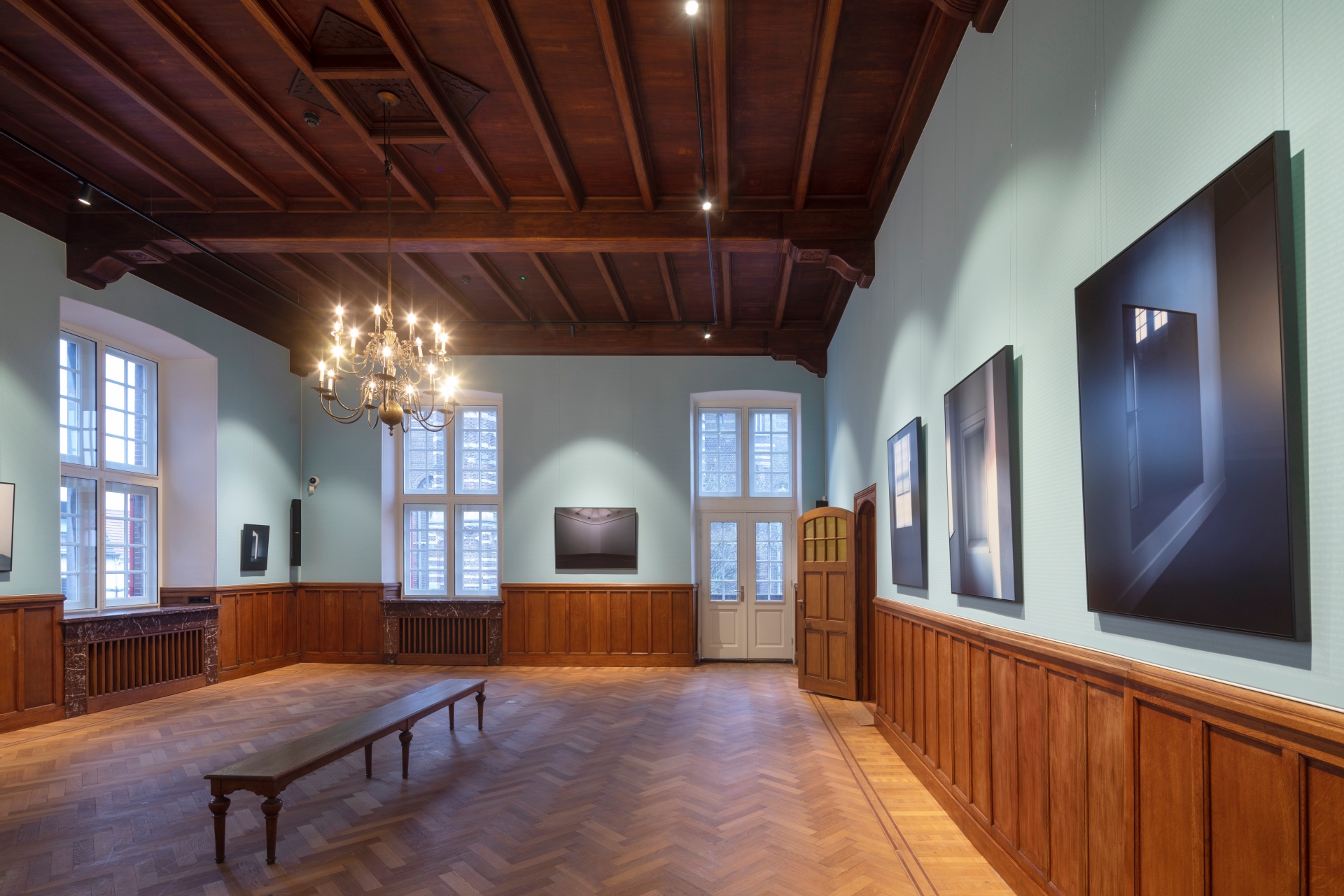
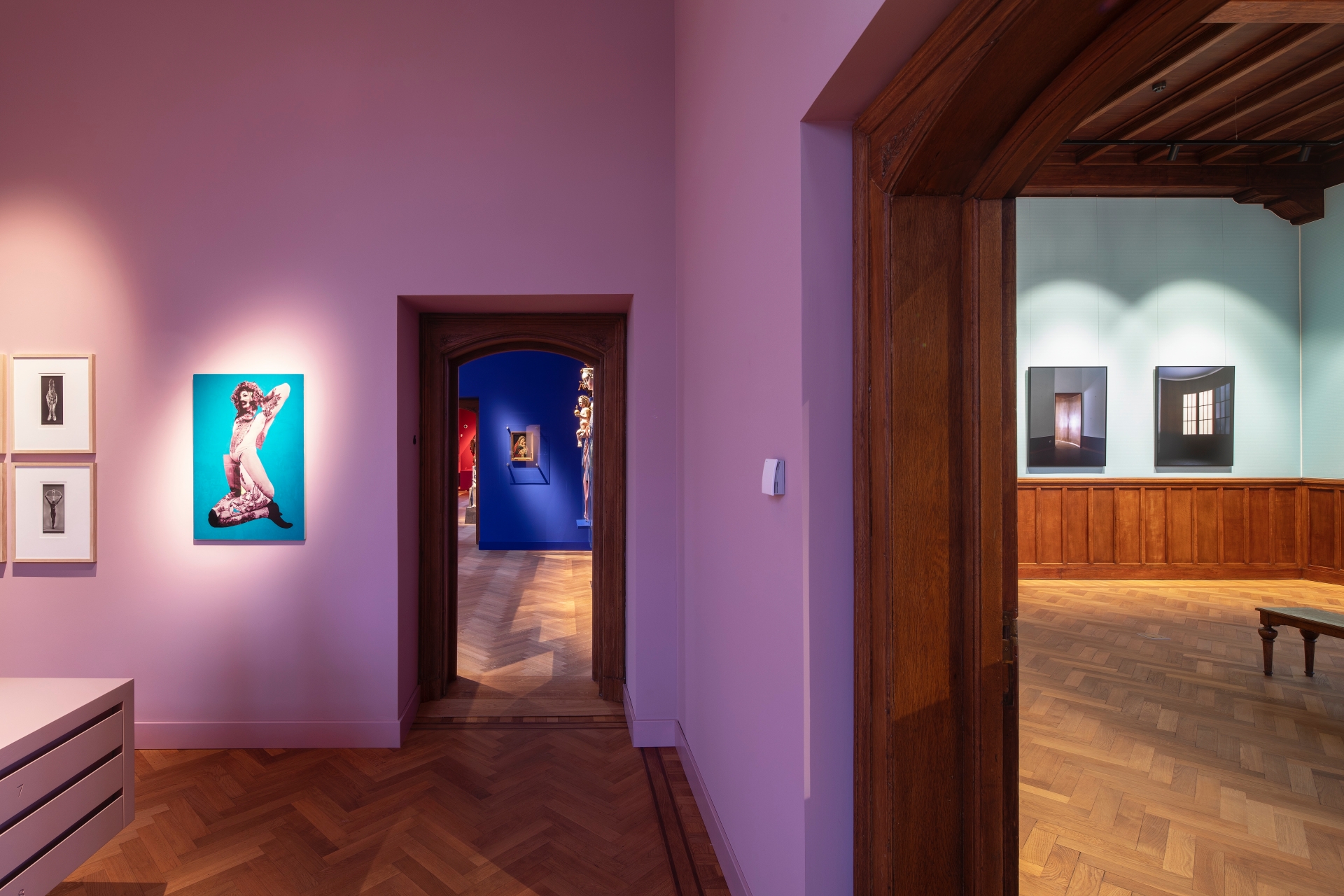
The designer explains why he opted for Tecu®Gold, which has never been used in a project of this scale before in the Netherlands: “The material also represents immense cultural wealth and therefore serves as a beautiful reference to the priceless history that is preserved here for future generations.”
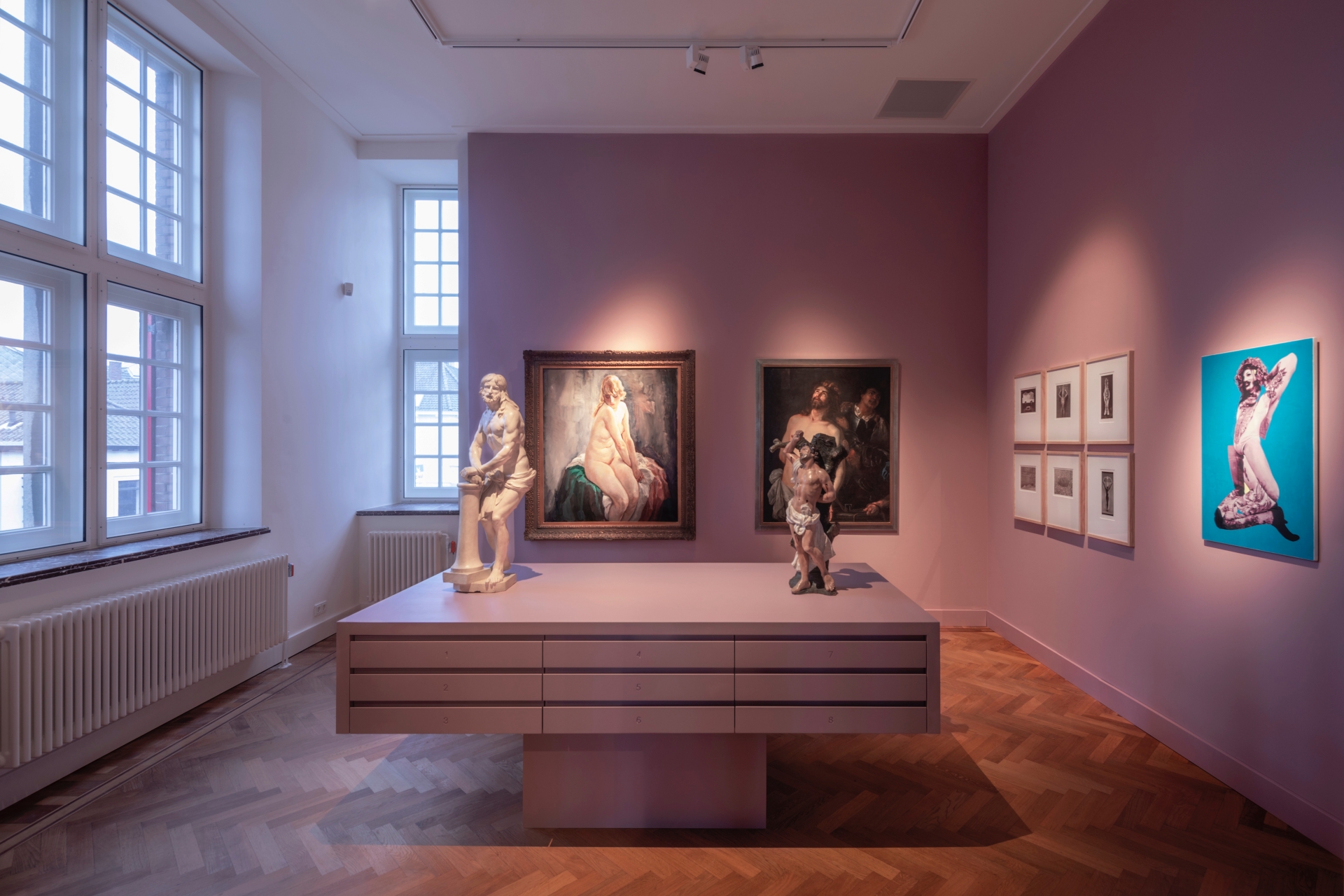
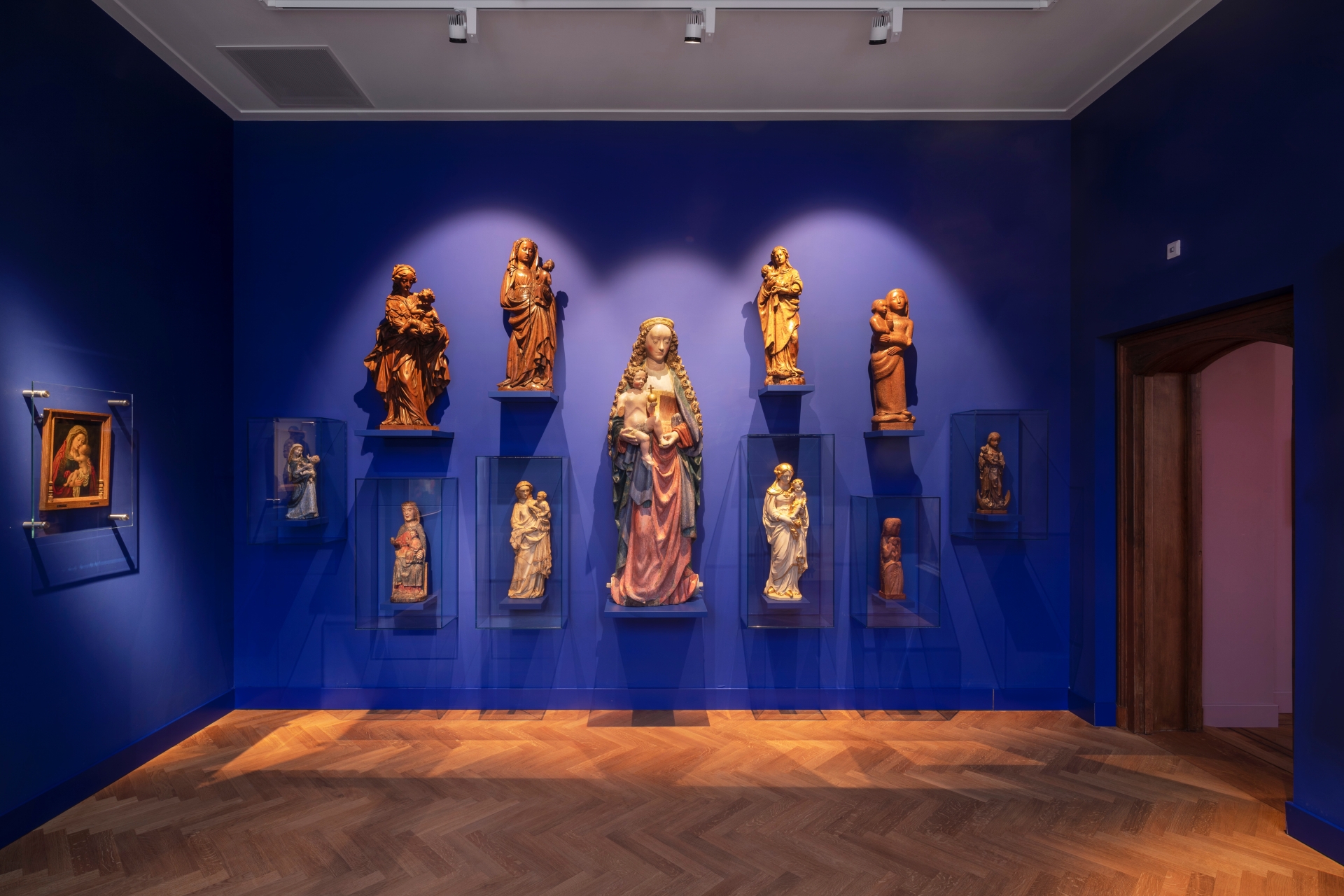
Yet another change was made to the building’s appearance: the entrance was consciously relocated to the south-facing façade so that the museum would have an easily recognizable entrance on the ground floor for problem-free access by wheelchair users. This new arrangement also makes it possible to use all the distinct exhibition spaces on the ground floor as a single continuous exhibition, without any differences in elevation, to facilitate large-scale temporary exhibitions.
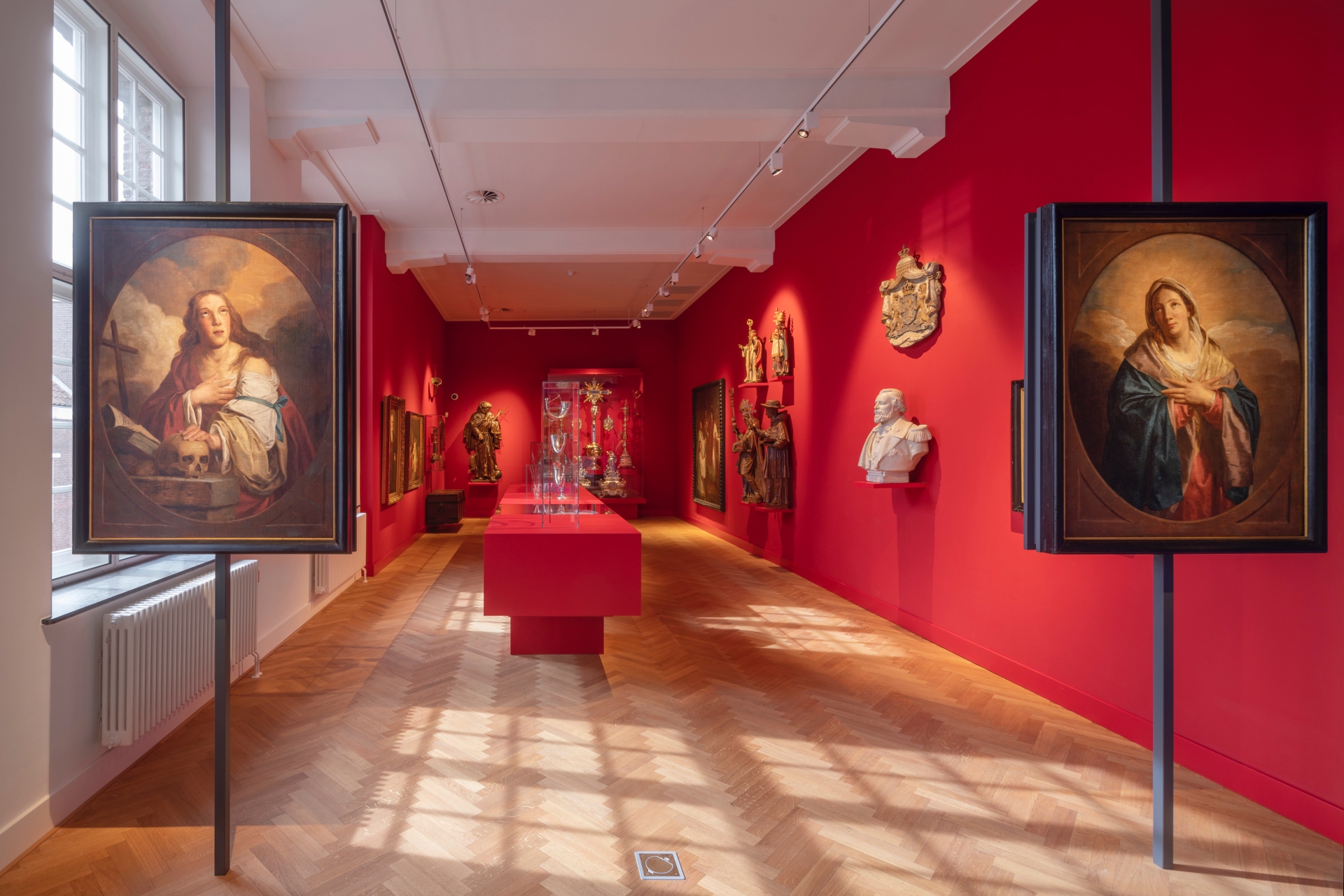
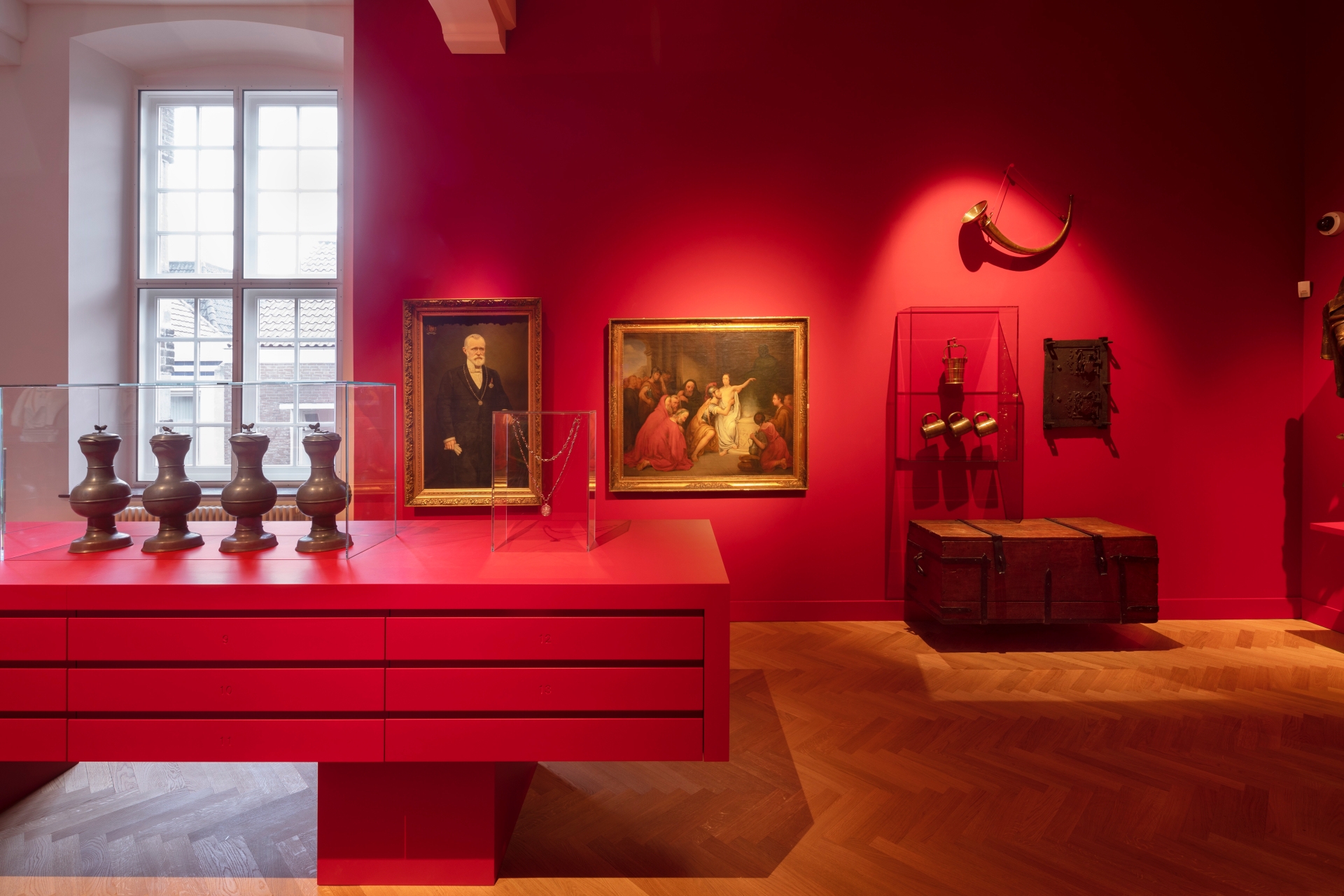
A contemporary element has also been incorporated into the beautifully restored historic main building: Mentjens performed a quasi-surgical operation, with the deepest respect for the building’s heritage, in the installation of a remarkably slim staircase in the existing stairwell and which projects from the wall like a minstrel’s gallery. The attic, where the museum’s permanent collections will be presented and where educational activities will be held, can be accessed by these stairs. The new extension contains an emergency staircase, a lift, sanitary facilities, offices, a meeting room, and a storage area. As a result, the existing lift, the metre cupboards, and the sanitary facilities in the monumental building could be removed to enable these rooms to be restored to their original condition.
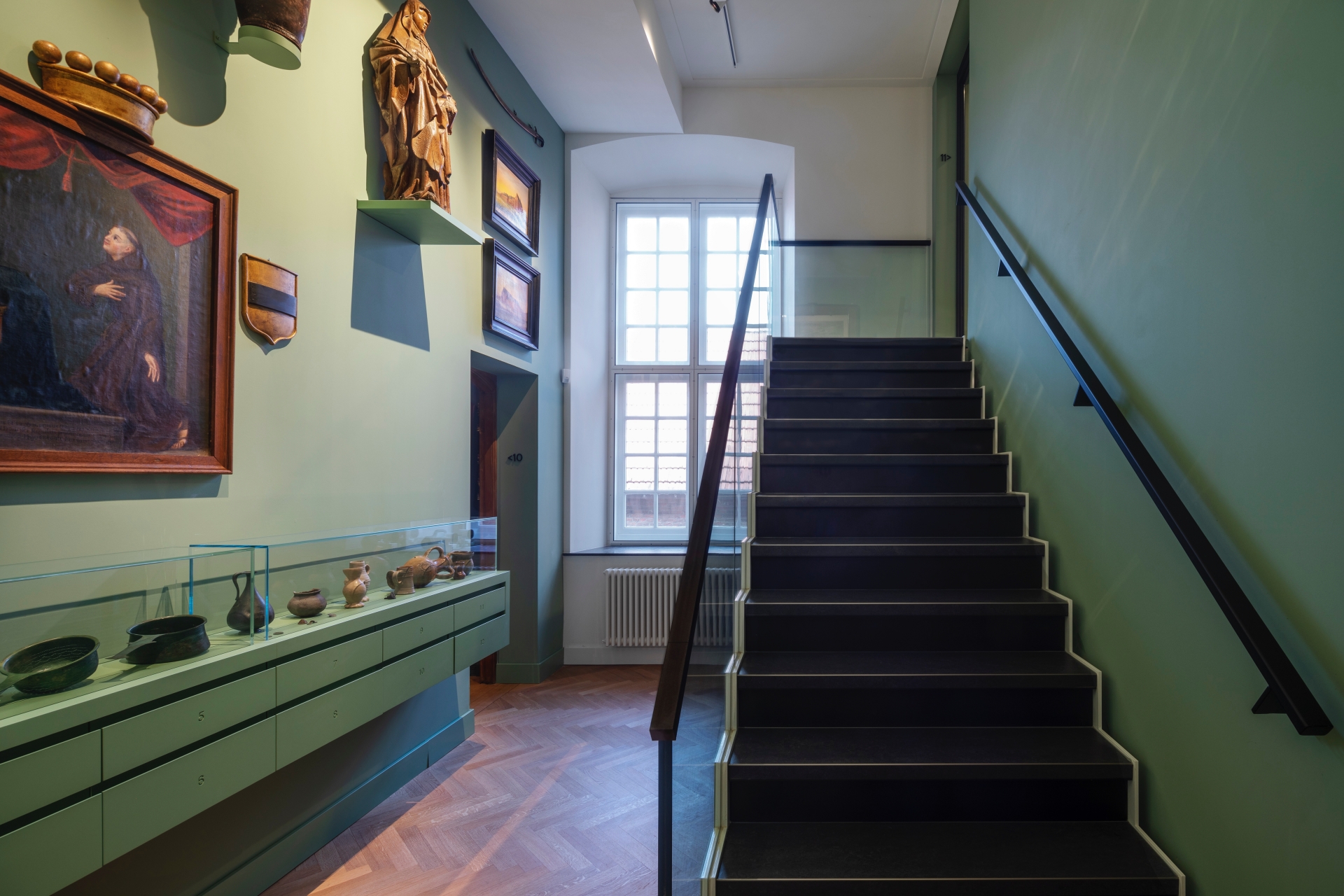
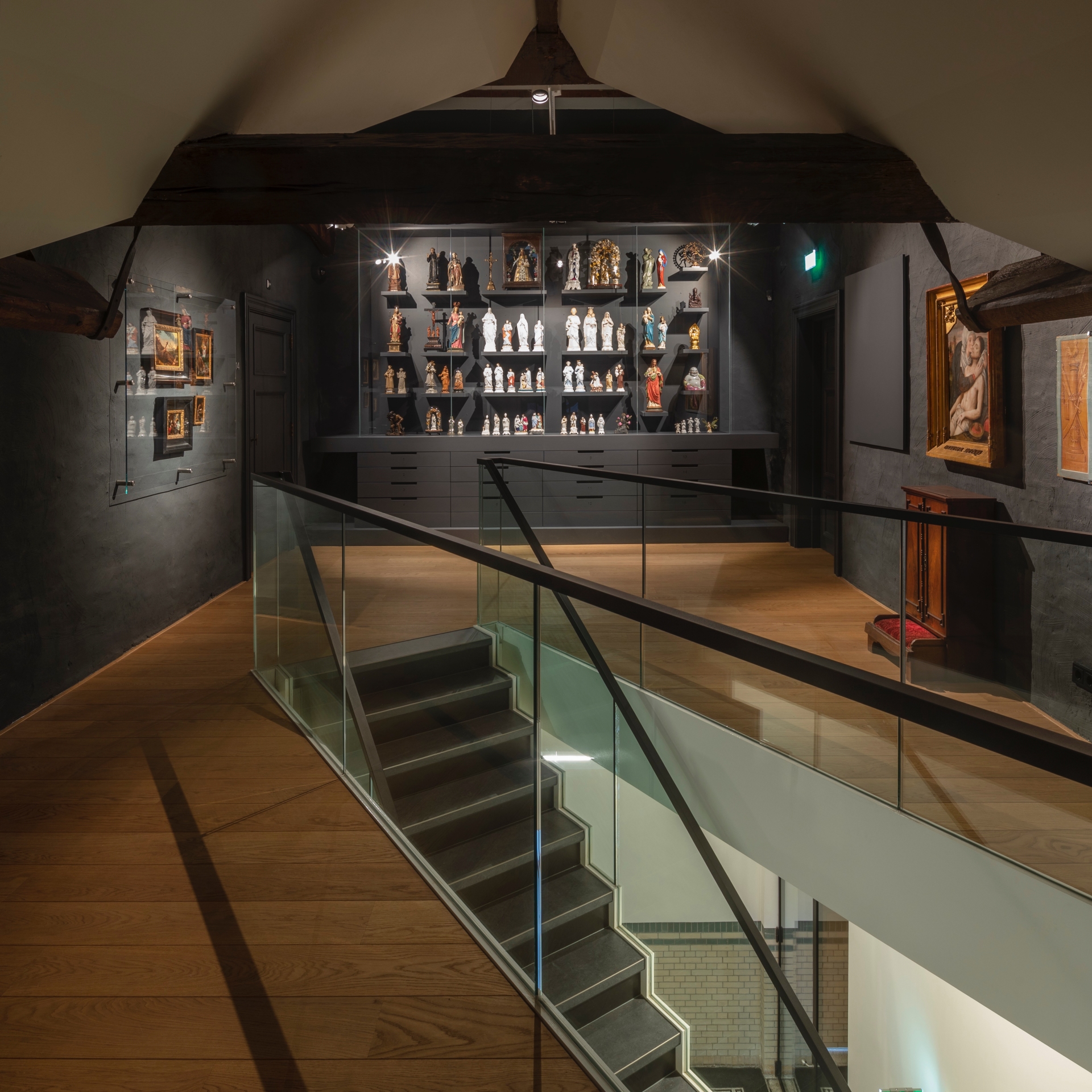
Mentjens also designed the exhibition space to accommodate the new presentation setup of the permanent collection in the renovated and restored museum building. Some of the existing elements, which had been covered up for decades, such as the wainscoting in the halls and the original oak ceiling in the old Council Hall, were restored to their former glory. The walls of this monumental hall are provided with a textile covering. The venue is currently used for exhibitions and activities that can be attended by the general public, such as lectures and concerts. Mentjens designed all the furniture, showcases, and suspension systems especially for Museum W, in which as much use as possible was made of sustainable and recyclable materials.He designed an open presentation system for the new floor that was created in the attic with its distinctive arched rafters. Some rooms are also equipped with remarkable drawer units on top of which glass display cases have been placed. Dozens of objects are displayed in the glass-covered drawers to complement the themes of the permanent collection.
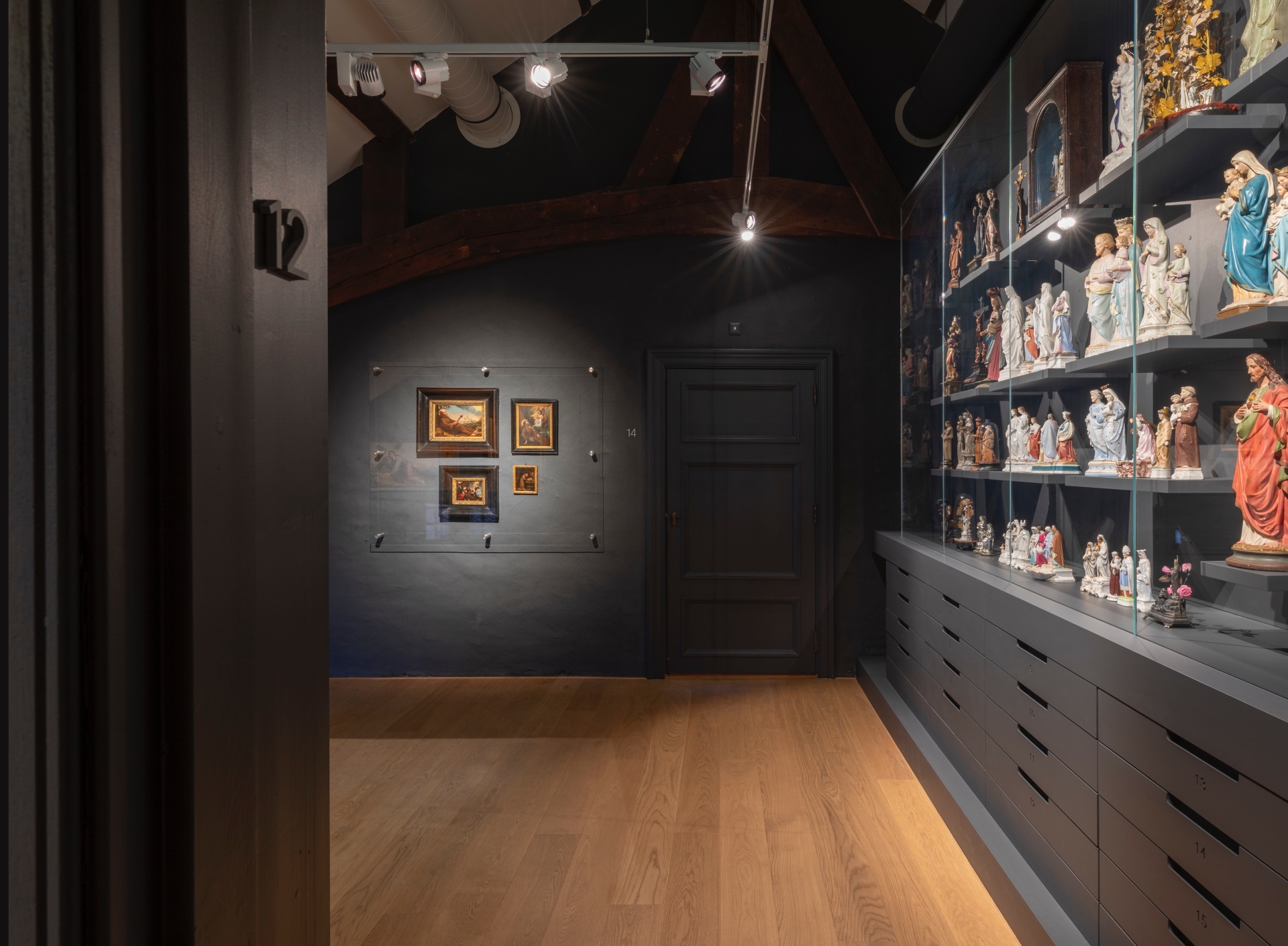
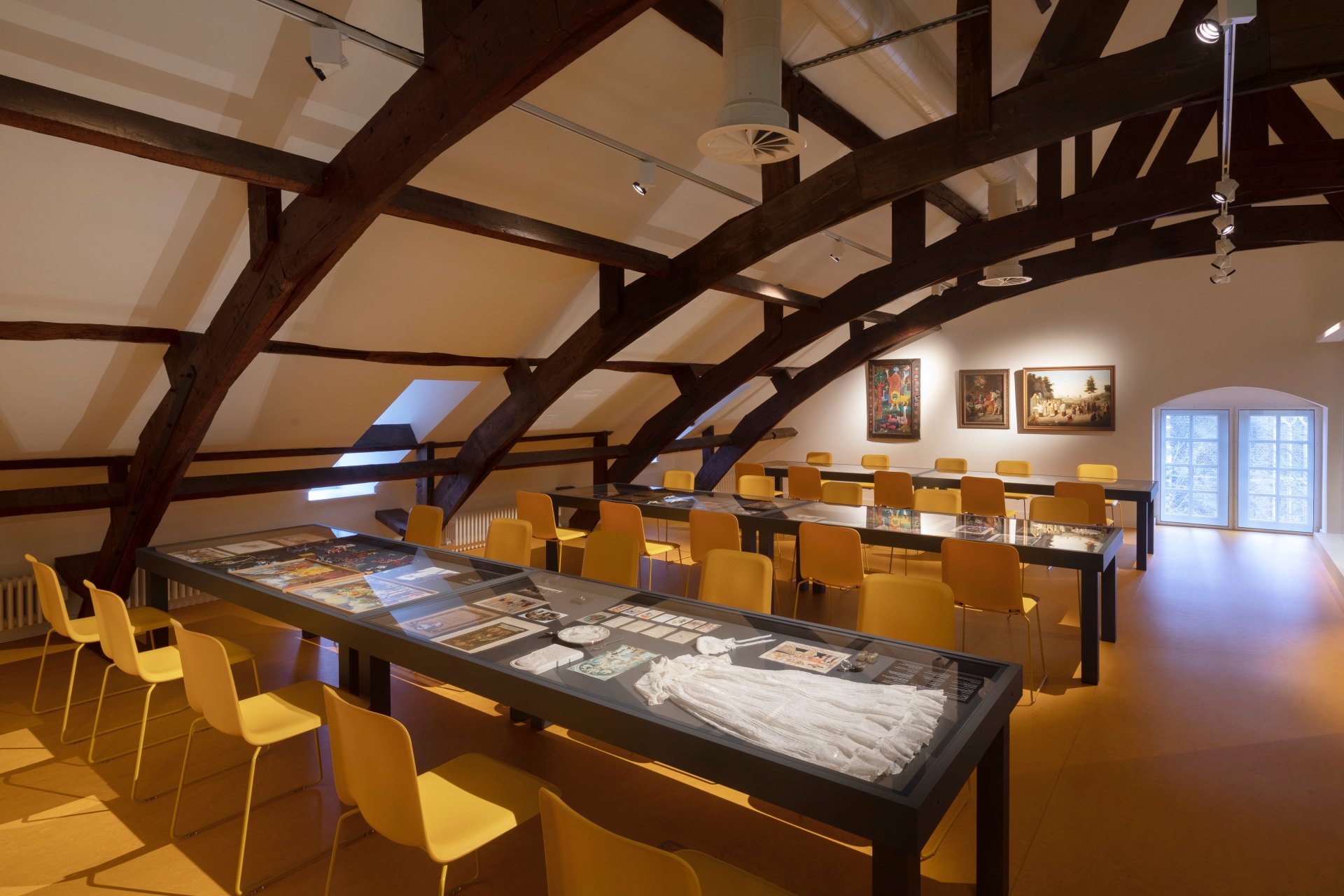
The permanent collection, which is on exhibit on the first floor and in the attic, is presented as an overarching concept in which eleven themes related to human life are portrayed. Based on storylines corresponding to these themes, curator John van Cauteren has selected objects from the museum’s rich and diverse collection comprising more than 17,000 works of religious art and regional history, ranging from paintings, textiles, silver, and sculpture to ceramics, glass, archaeological artefacts, and video art. The gallery in which the human body is the theme, for example, shines a spotlight on the naked body as well as on clothing and decorations in the form of jewellery and tattoos. The theme ‘Power and Splendour’ is portrayed by means of an imposing group portrait, monumental statues, and silverware of an overwhelming standard of craftsmanship. Four late-medieval city jugs and marksmen’s attributes represent civil power and splendour. Another theme, ‘Effort-Relaxation’ presents masterpieces from Weert’s rich history in the field of craftsmanship and handicrafts, represented by the city’s flourishing broadcloth industry in the 15th and 16th centuries and the crafts practised here from the 18th to the 20th century. These included pewter casting, clock-making, and silversmithing, in regard of which the Esser Art Workshops were one of the largest producers of ecclesiastical silver in the Netherlands. Mentjens applied a different colour to each thematic area, which allows visitors to wander through the ever- changing atmospheres of the various museum galleries in a way that is comparable to a walk through life itself.
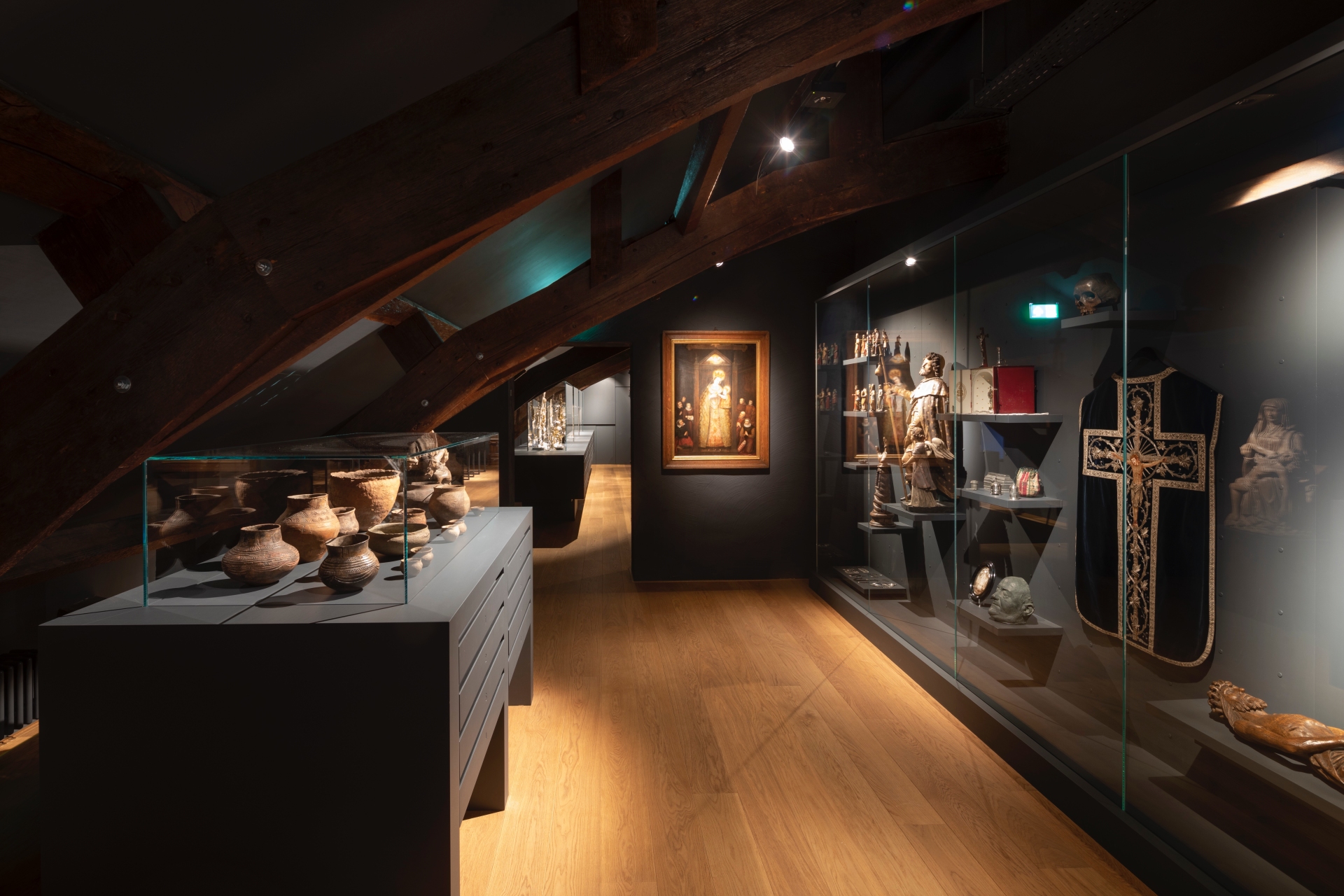
Temporary exhibitions of contemporary art are presented on the ground floor and in the Council Chamber on the first floor. When programming these exhibitions, curator Patricia van der Lugt seeks to establish a connection to the central themes of identity and meaning or the themes that are inherent to the presentation of the collection or, alternatively, a link to specific elements of the museum’s permanent collection.
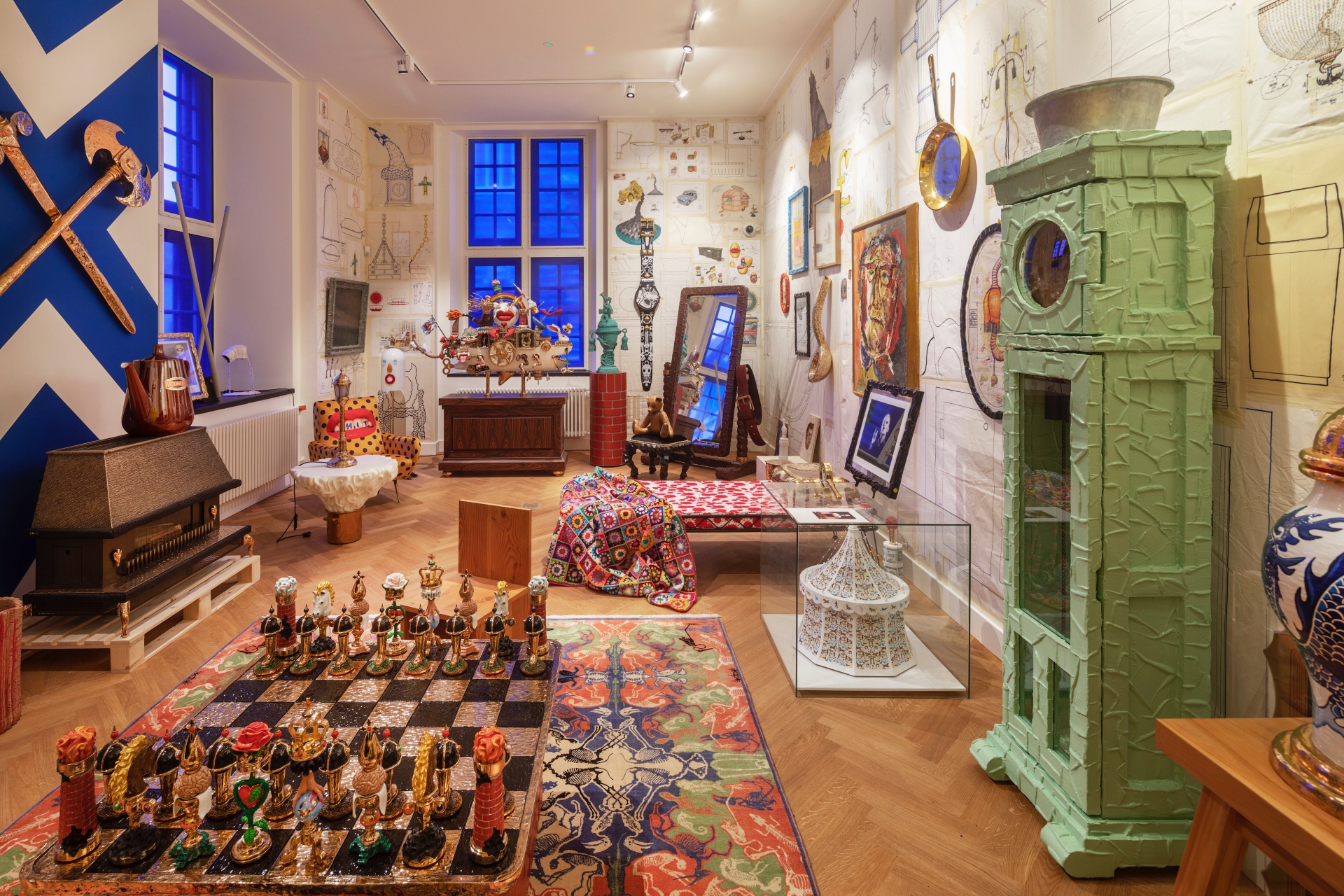
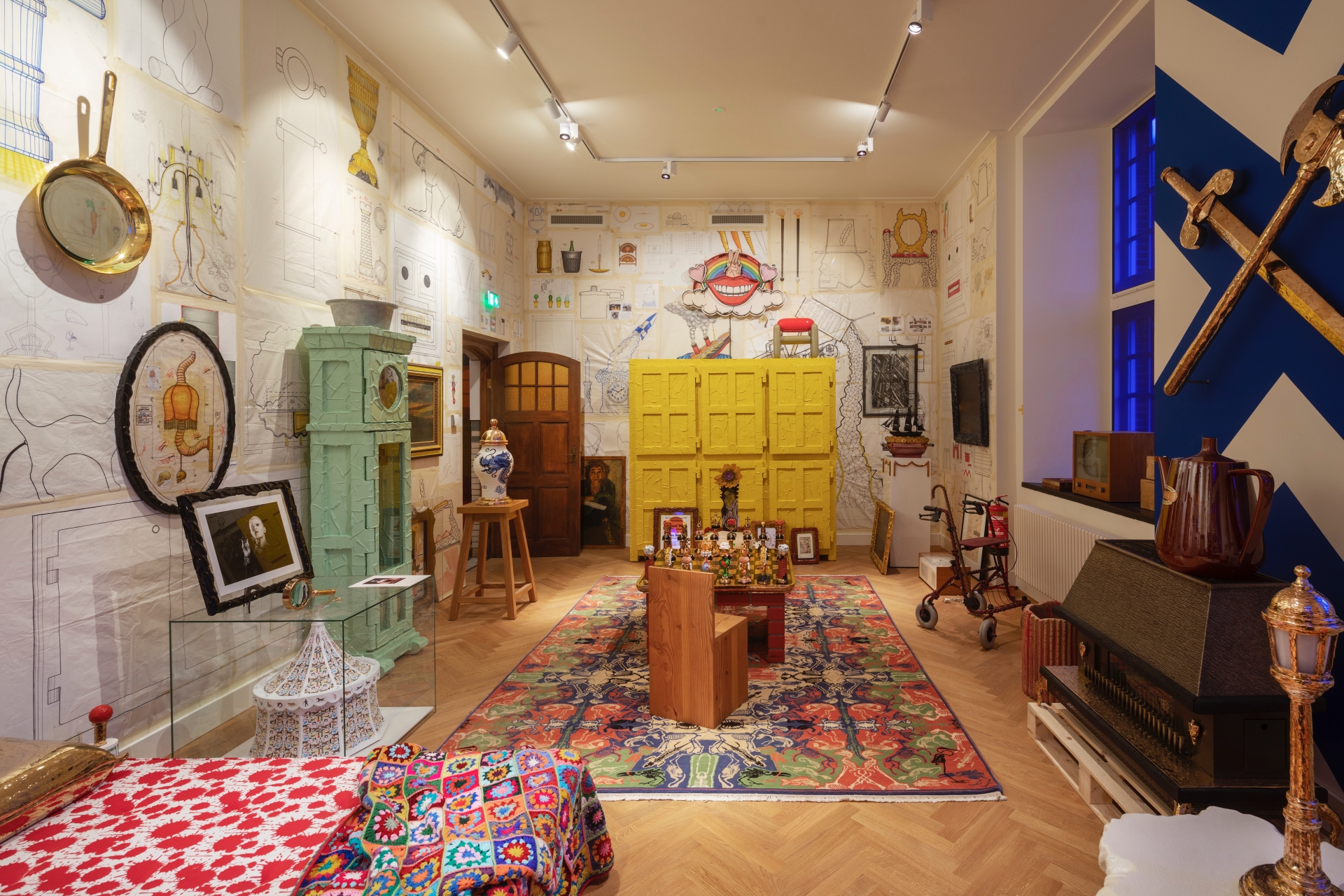
The opening exhibition ‘Forever Endeavour’ was created by internationally renowned designer Job Smeets (1969) of Studio Job, himself a native of Weert. The presentation ‘Gaze into Space’, featuring works by the Dutch-Hungarian photographer Satijn Panyigay (1988), is on display in the Council Hall on the first floor. Panyigay was commissioned by Museum W to capture the empty museum building in photographs just before the renovations were due to start. Artist and photographer Emily Bates (1970) created the first temporary video project conceived especially for the two large screens in the new exterior façade: Lost Spring. Lost Year.
